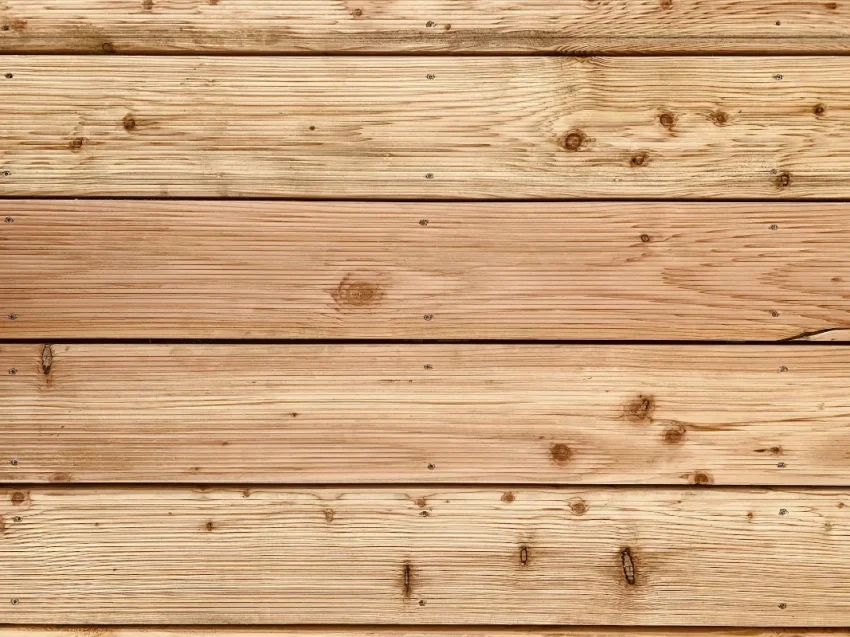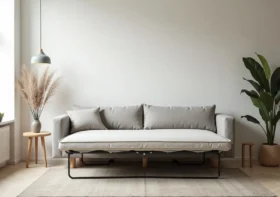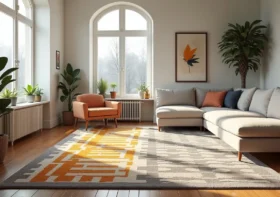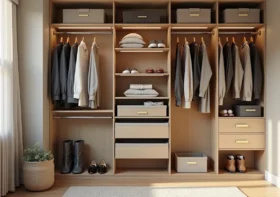The Growing Popularity of Canadian Cedar Cladding in Modern Architectural Designs

Canadian cedar cladding has become an integral feature in contemporary architecture, with many homeowners, designers, and architects opting for it in their projects. But what makes this wood stand out among other cladding materials? Its rich appearance, durability, and eco-friendly nature are compelling reasons behind its rise in popularity.
As modern architectural designs change, the choice of materials plays a significant role in defining both aesthetic appeal and functionality. So, why Canadian Cedar cladding is still the best timber choice? The answer is simple; it’s because of the material’s natural charm and timeless appeal, which offers an ideal solution for achieving both beauty and practicality.
Contents
1. Natural Beauty and Aesthetic Appeal
One of the primary reasons behind the growing demand for Canadian cedar cladding is its exceptional visual appeal. With its deep, warm hues ranging from rich reds to golden browns, cedar brings a natural, rustic charm to any building.
Over time, the wood weathers to a distinguished silvery-gray patina, enhancing the texture and overall look. This changing visual character makes cedar perfect for those looking to create a lasting impression through architecture.
2. Durability and Resistance to Harsh Conditions
Canadian cedar is known for its resilience, especially in harsh weather conditions. The wood contains natural oils that make it highly resistant to decay, rot, and insect infestations.
This durability ensures that cedar cladding can withstand extreme temperatures, humidity, and heavy rainfall, which makes it a perfect choice for all sorts of residential and commercial buildings. Its robust properties allow it to maintain its appearance and structural integrity for decades.
3. Sustainable and Eco-Friendly Material
Sustainability is a vital factor in the rising popularity of Canadian cedar. It is a renewable resource harvested from responsibly managed forests, ensuring minimal environmental impact. Using Canadian cedar for cladding helps reduce the carbon footprint of construction projects, which contributes to greener and more sustainable urban development.
Its ability to absorb carbon dioxide during growth further supports its role in mitigating climate change. Besides, the material is biodegradable, meaning that at the end of its life cycle, it does not contribute to long-term waste or pollution. With the global emphasis on reducing environmental damage, cedar stands out as a responsible material choice for modern designs.
4. Thermal Insulation Benefits
The natural cellular structure of Canadian cedar enhances its ability to insulate buildings, both keeping them warm in the wintry months and cool during the summer.
This energy-efficient property can help reduce heating and cooling costs, which is a significant advantage for building owners who are looking to minimise energy consumption. Cedar cladding, therefore, contributes to a building’s aesthetic as well as promotes its functional efficiency.
5. Diverse Designs
Canadian cedar cladding is versatile, fitting into diverse architectural styles, from traditional to contemporary. It can be used on exterior walls, façades, soffits, and even interior spaces, offering flexibility in design.
So, be it for accentuating features or covering large surfaces, its adaptable nature ensures that cedar complements various design visions. Its beauty and functionality make it an indispensable material in modern architecture.
6. Low Maintenance in Nature
So, why Canadian Cedar cladding is still the best timber choice? Unlike many other cladding materials, Canadian cedar is very durable, so it requires minimal maintenance. Its natural oils protect it from moisture, which reduces the need for frequent painting or sealing.
While some aging occurs over time, this enhances the wood’s natural appeal. For property owners looking for long-term, low-maintenance options, cedar cladding provides an excellent solution without compromising on style.
Major Benefits of Canadian Cedar Cladding
- Natural Resistance to Pests: Cedar is naturally resistant to termites and other insects, making it a great choice for environments prone to infestations.
- Long-Lasting Performance: The wood’s natural oils and preservatives ensure that it remains durable, thus resisting decay and extending its lifespan.
7. A Trend in Modern Architecture
As sustainability and aesthetics become more crucial in modern design, the demand for Canadian cedar rises. Both architects and builders are increasingly incorporating this natural material into their projects, be it for residential homes, office buildings, or public spaces. The harmonious balance of its beauty and functionality makes cedar a favorite in forward-thinking designs.
Its ability to seamlessly blend into both urban and rural settings further adds to its widespread appeal. It all depends on whether it’s being installed as vertical or horizontal cladding, and what profile you should go for: shiplap, tongue and groove (TGV) or board on board. The increasing availability of cedar through sustainable sourcing practices has made it a more accessible option for various building projects. This trend reflects a broader shift towards environmentally conscious and high-quality building materials.
Hence, when someone asks why Canadian Cedar cladding is still the best timber choice? It can be said that the material has rapidly gained traction in the architectural sphere because of its ageless beauty, durability, and long-term sustainability.
As architects and designers look for materials that combine form with function, cedar is proving to be the material of choice. Thus, its continued rise in popularity marks a shift toward more sustainable, aesthetically pleasing, and high-performance building materials in modern design.



